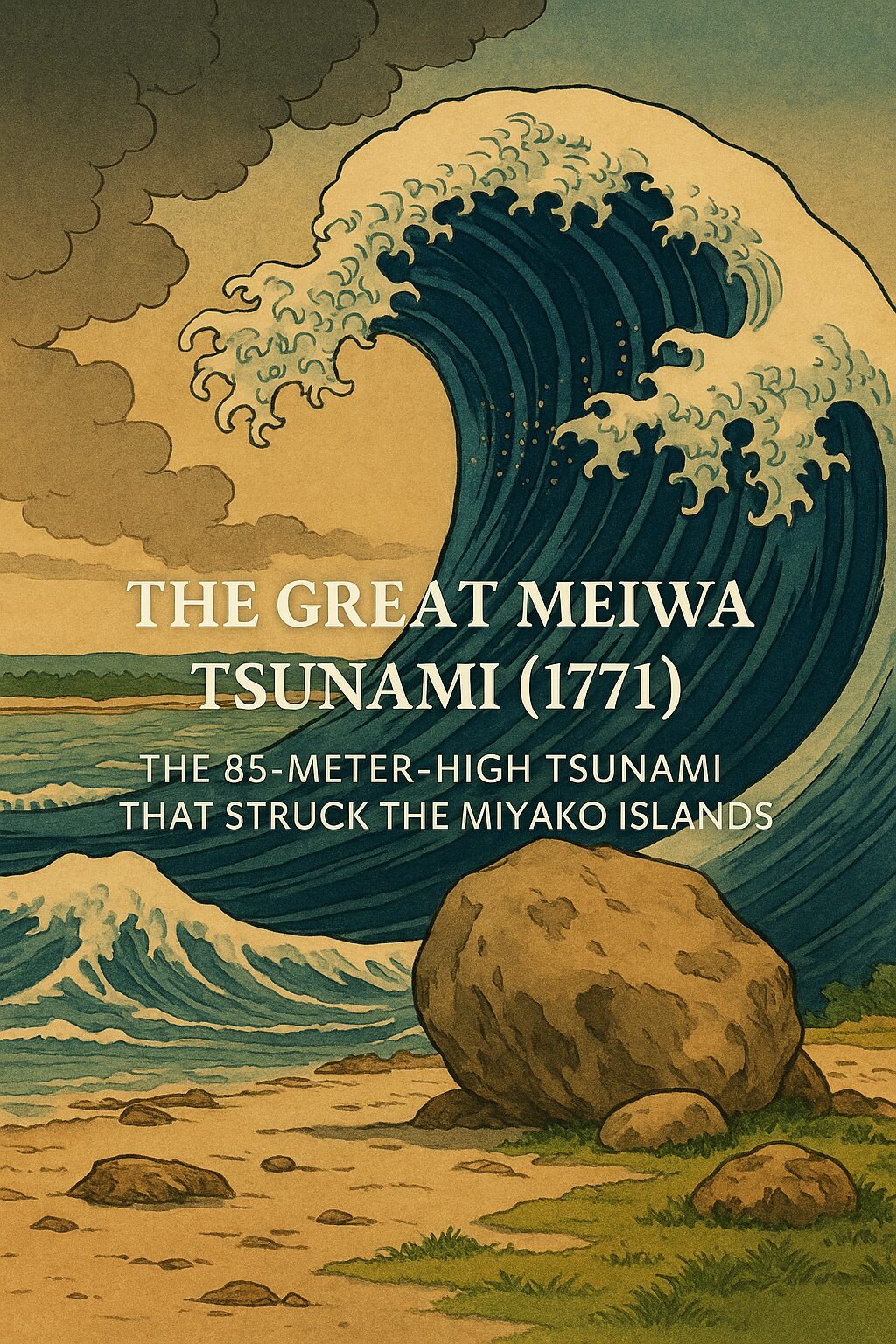
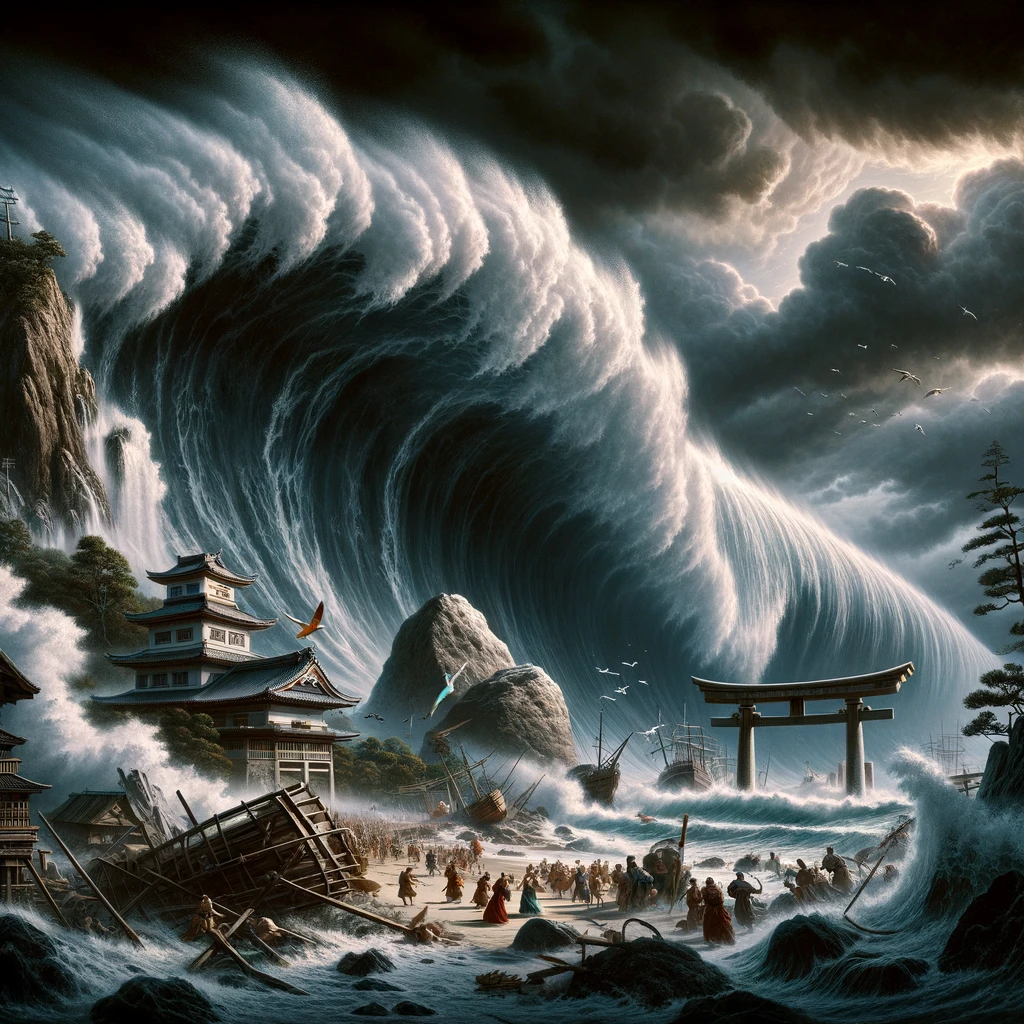
The Great Meiwa Tsunami, which occurred in 1771 (Meiwa 8), was a historic tsunami disaster that struck the Miyako Islands. In areas like Sunakawa and Tomori, the waves reached over 10 meters in height—enough to completely submerge a four-story building. The tsunami caused massive destruction to local communities and claimed countless lives. Its legacy continues today through legends and historical sites.
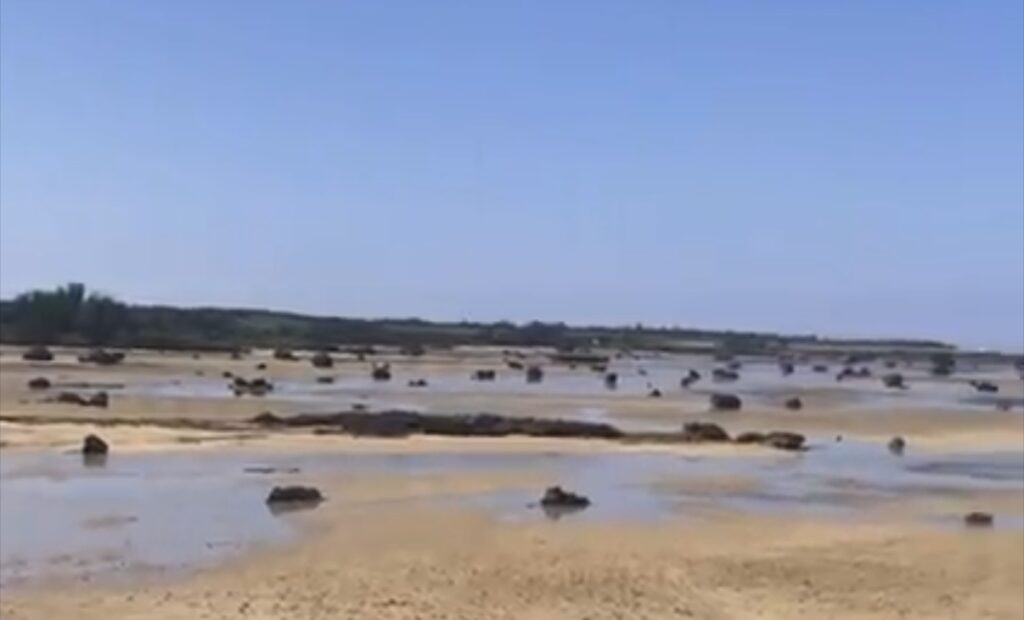
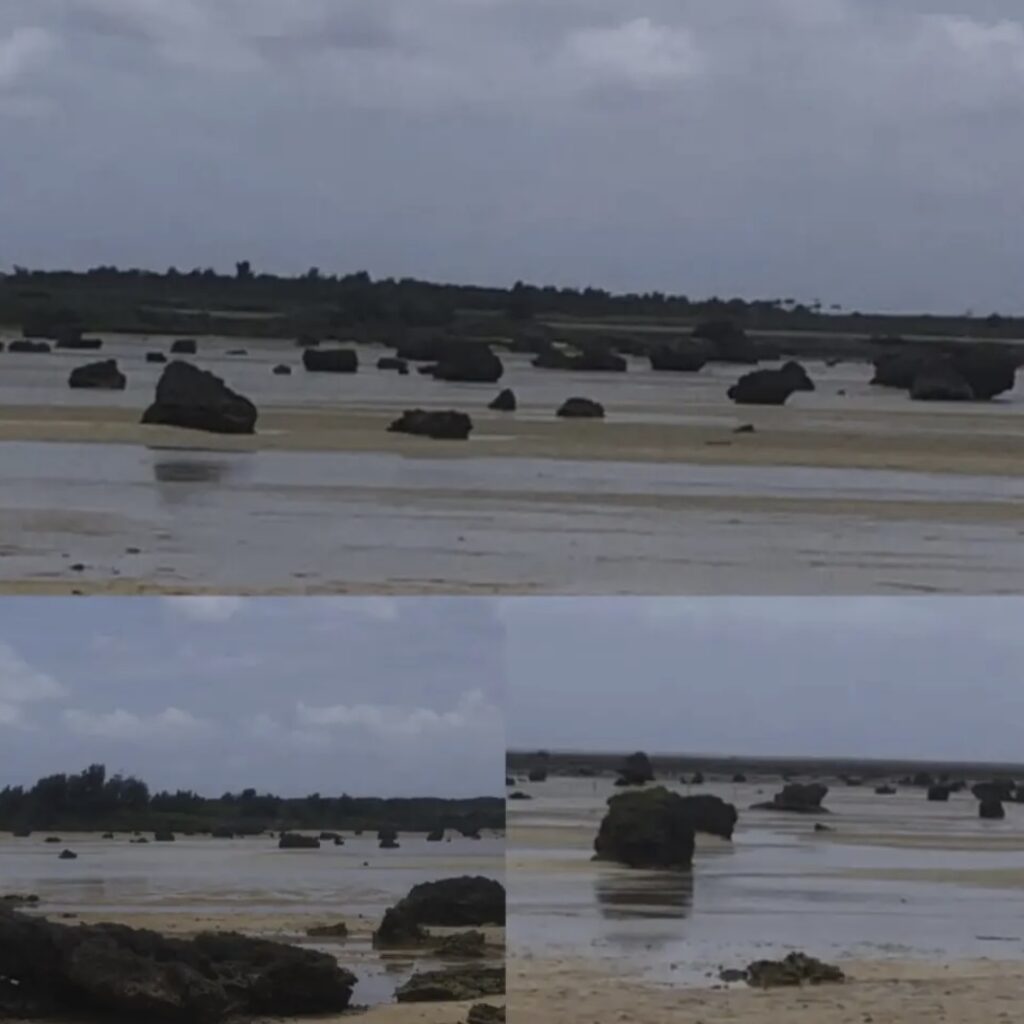
According to a legend passed down on Shimojishima, the night before the tsunami, a fisherman caught a creature called “Yonatama,” which had the upper body of a human and the lower body of a fish. The god of the Dragon Palace told the fisherman, “Three great waves will come—ride them to return.” A mother and child who heard this story quickly fled to the higher ground of Irabu Island and survived. When they returned later, the two houses that once stood there had vanished, and a pond known as Tōri-ike had formed in their place.
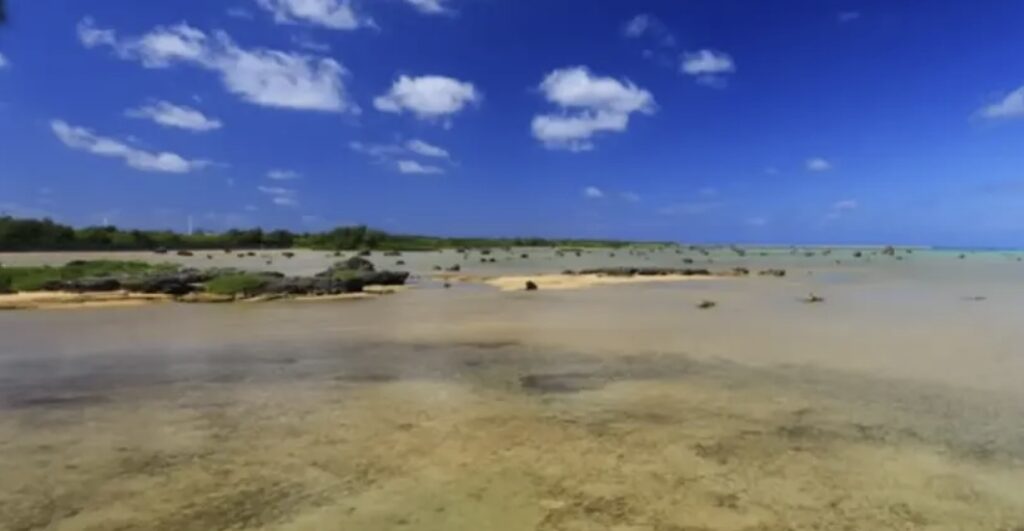
Just before reaching Tōri-ike on Shimojishima, if you turn left, you’ll find Obiishi behind a torii gate—known as proof of the tsunami’s power. Meanwhile, at Sawada no Hama, numerous rocks of various sizes scattered along the beach are believed to have been carried there by the tsunami. These rocks, spread across the shore, create a breathtaking landscape.

Additionally, “Obiishi (Shimojishima Megalith)” is another enormous rock said to have been moved by the tsunami. These rocks vividly demonstrate the fearsome force and destructive power of tsunamis and remain important evidence of the threat posed by natural disasters.
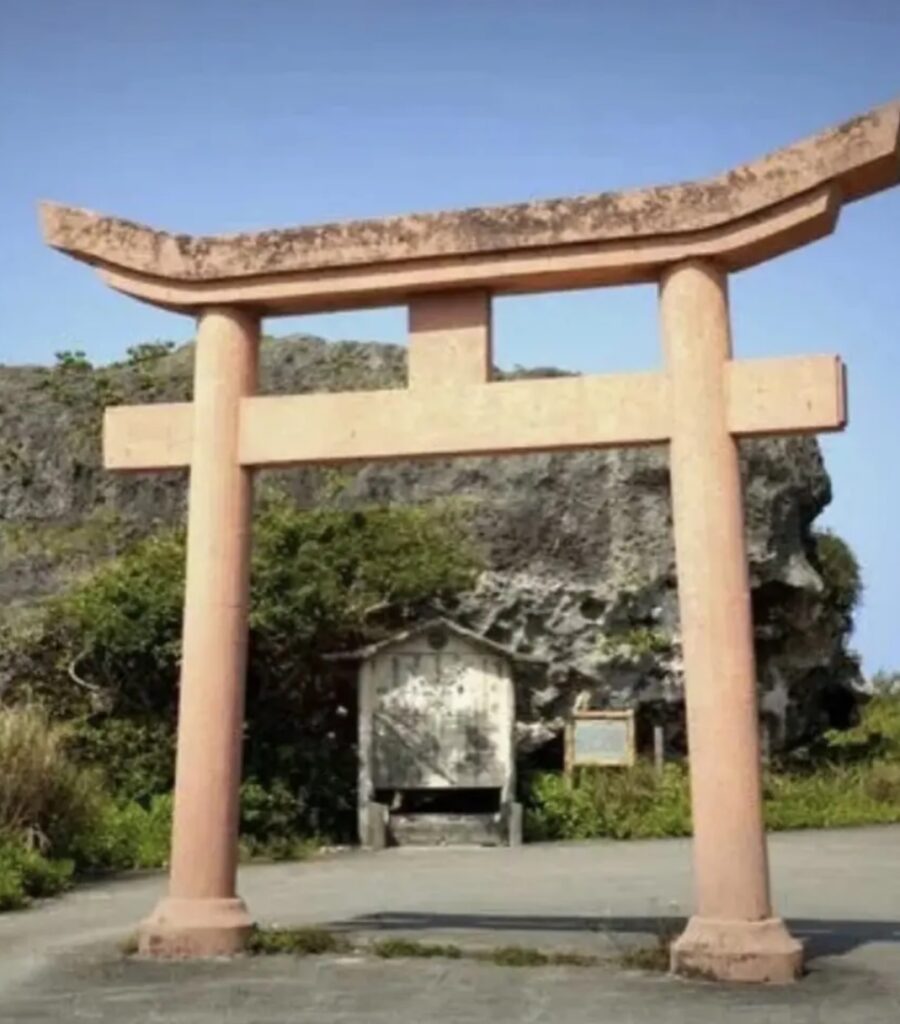
The Great Meiwa Tsunami serves as a vital lesson to local communities, highlighting the possibility of tsunami precursors, the potential for multiple waves, and the critical importance of evacuating to higher ground. These lessons continue to play a major role in modern disaster prevention and raising awareness about safety in the region.
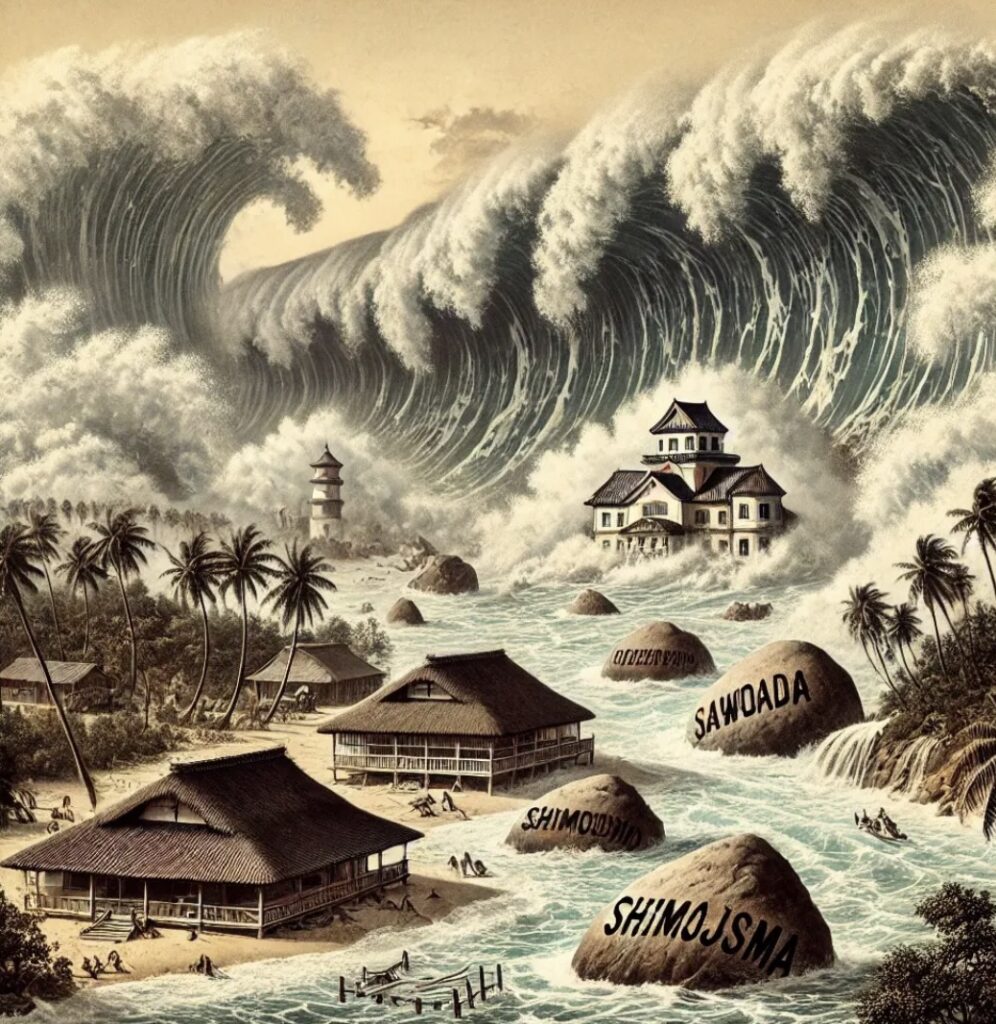








最近のコメント